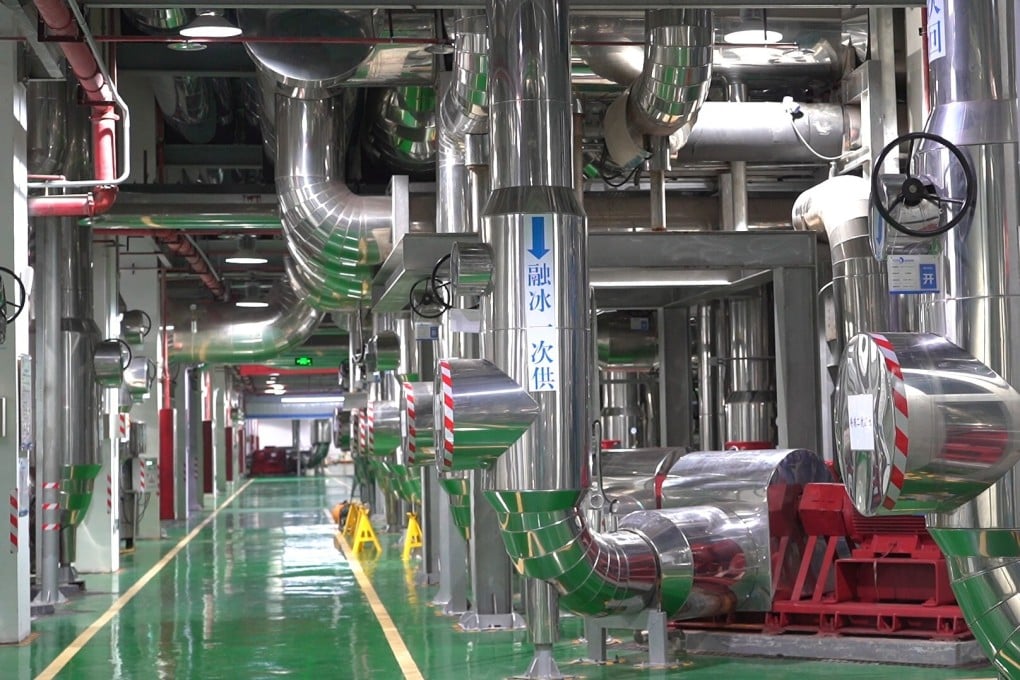Shenzhen in China builds giant air conditioner cooling almost 3 square kilometres of public buildings to reduce energy consumption
- The District Cooling System (DCS), which supplies cold air to malls, offices and transport stations, but not residential homes
- Three cooling stations have been built, with seven more to be built over the next few years

The company which built the system, the Shenzhen Qianhai Energy Technology Development Company, is also working with Hong Kong on a DCS located in Kai Tak.
The No. 5 cooling station, which started supplying cold air in June in Shenzhen’s Qianhai area, covers more than 2.75 square kilometres of public buildings, but not residential households.

“The characteristics of residential households determine that they are not suitable for DCS, the system calls for more routine usage, such as from eight to five, that includes offices, commercial centres, subways or data centres,” said Fu Jianping, director of Qianhai energy and vice-president of the District Energy Committee of the China Association of Building Energy Efficiency.
The station is the newest addition to an elaborate DCS in Qianhai, a free trade and economic development area. Currently, three stations have been finished, including No. 5, and seven more will be built over the next few years.